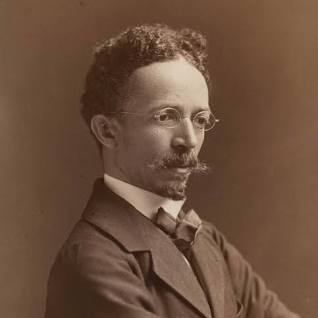Henry Ossawa Tanner

Personal Details:
Name |
Henry Ossawa Tanner |
Place of birth |
Pittsburgh, Pennsylvania, United States |
Year of Birth |
1859 |
Year of death |
1937 |
Nationality |
American |
Paintings |
The Banjo Lesson, The Thankful Poor, The Annunciation, The Flight into Egypt, Daniel in the Lions' Den. |
Ossawa Tanner was an American painter who is best known for his famous painting "The Banjo Lesson". He was born in Pittsburgh, Pennsylvania in 1859 and died in 1937 in Durham, North Carolina. He was a prominent figure in the African-American art world of the late 19th and early 20th centuries.
Tanner was the son of a former slave and his mother was of Native American heritage. He attended the Pennsylvania Academy of the Fine Arts and studied under the renowned Thomas Eakins. He was influenced by the Realism movement of the time and his works often featured everyday scenes of African Americans.
Despite his success in the art world, Tanner received little recognition at the time due to the prevailing racism of the era. He was unable to find a job teaching art and was forced to work as a domestic servant. In 1888 he moved to France where he continued to study painting.
During his time in Paris, Tanner developed a distinct style that blended European techniques with his own unique vision. His works often featured scenes of everyday African American life and his use of light, color, and composition were highly influential.
Tanner's most famous work is "The Banjo Lesson" which was painted in 1893. The painting depicts an elderly African American man teaching a younger man to play the banjo. The painting has become a symbol of African American strength and resilience in the face of adversity.
In addition to "The Banjo Lesson", Tanner also painted several other notable works such as "From the Mississippi", "The Prayer", and "The Annunciation". He also painted murals for churches and other public buildings.
Ossawa Tanner was one of the earliest African American painters to gain recognition in the art world. Despite the racism and discrimination he faced, he managed to produce some of the most influential works of art of his time. His paintings are still admired and celebrated today, and serve as an important reminder of the struggle for racial equality.



